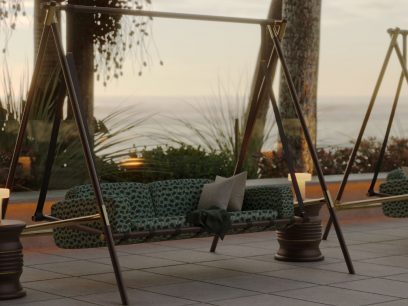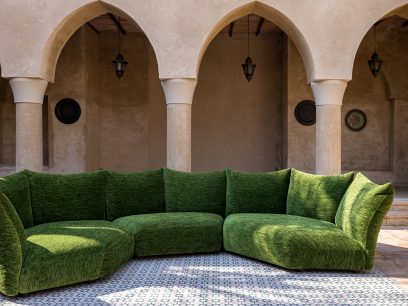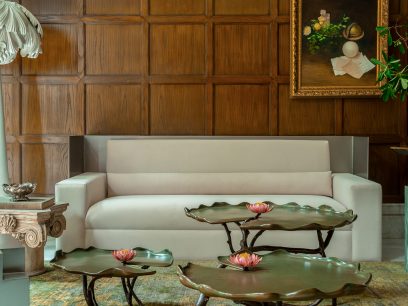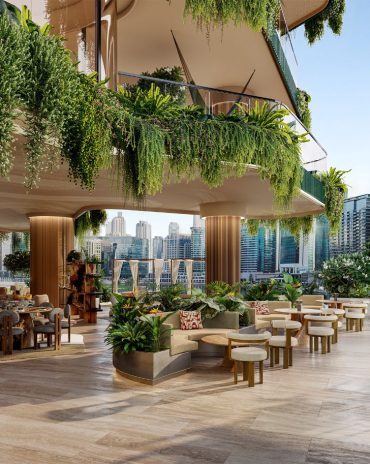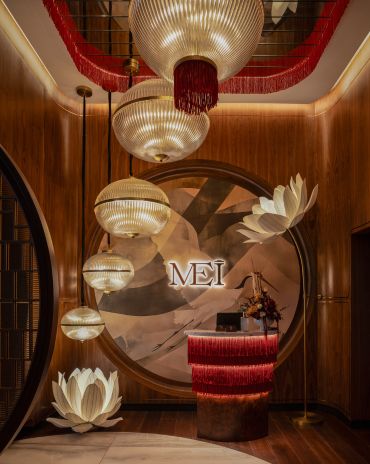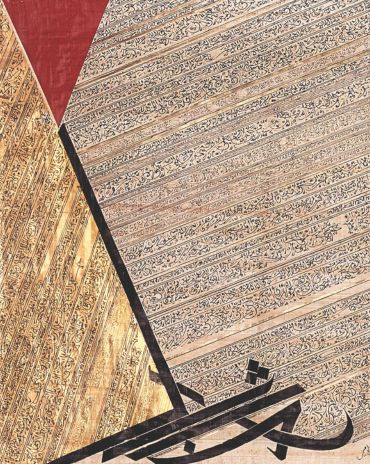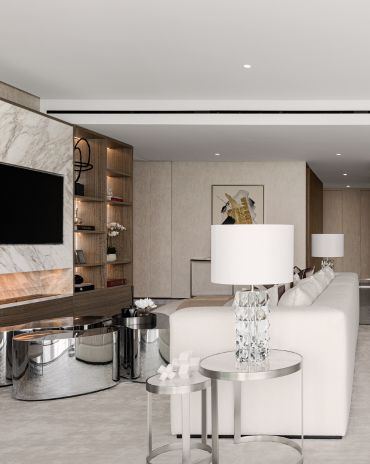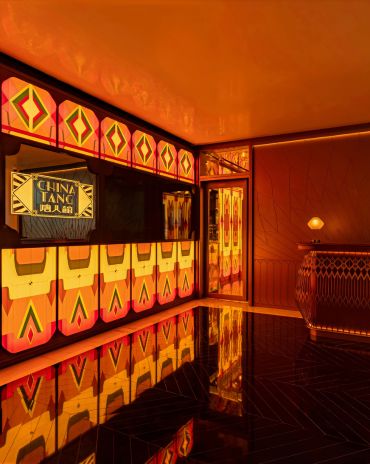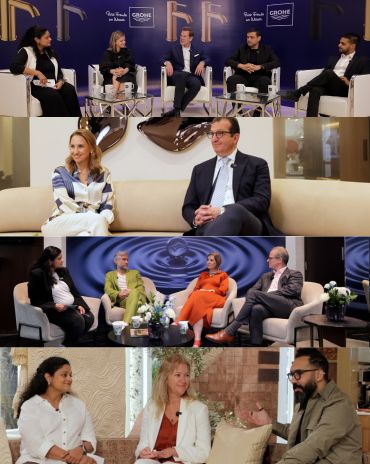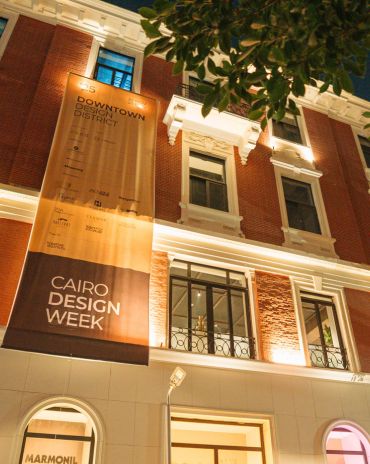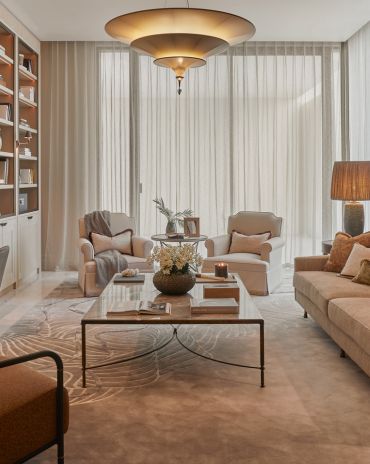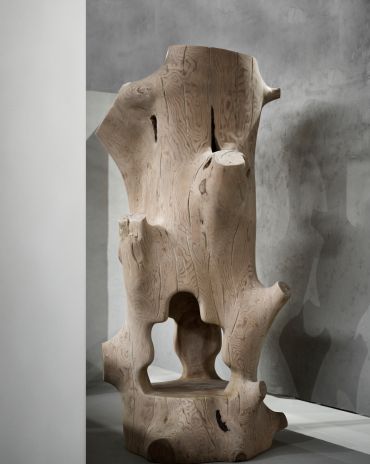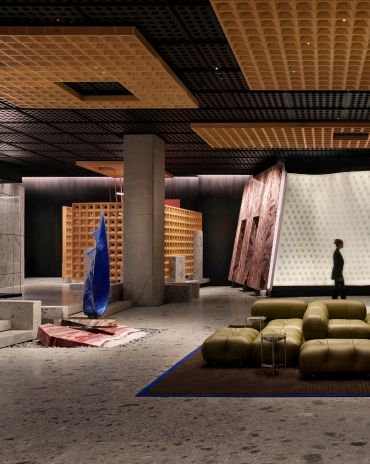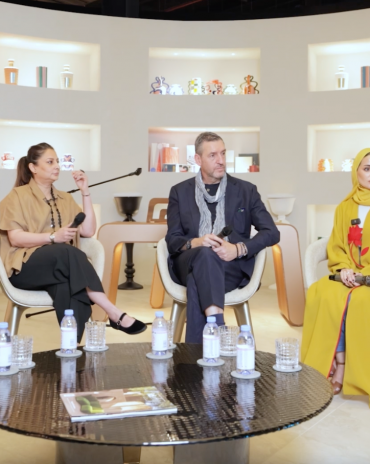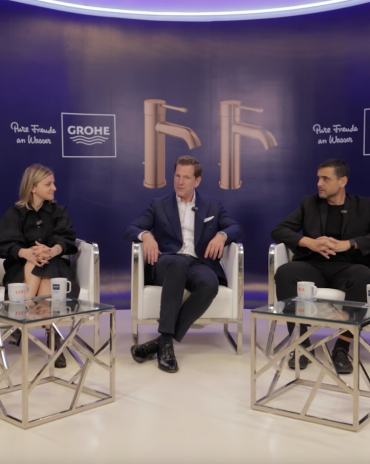Copyright © 2025 Motivate Media Group. All rights reserved.
Cosentino reveals its Capsule Collection created by five regional designers
The collection is made using Cosentino’s 4mm Dekton Slim material
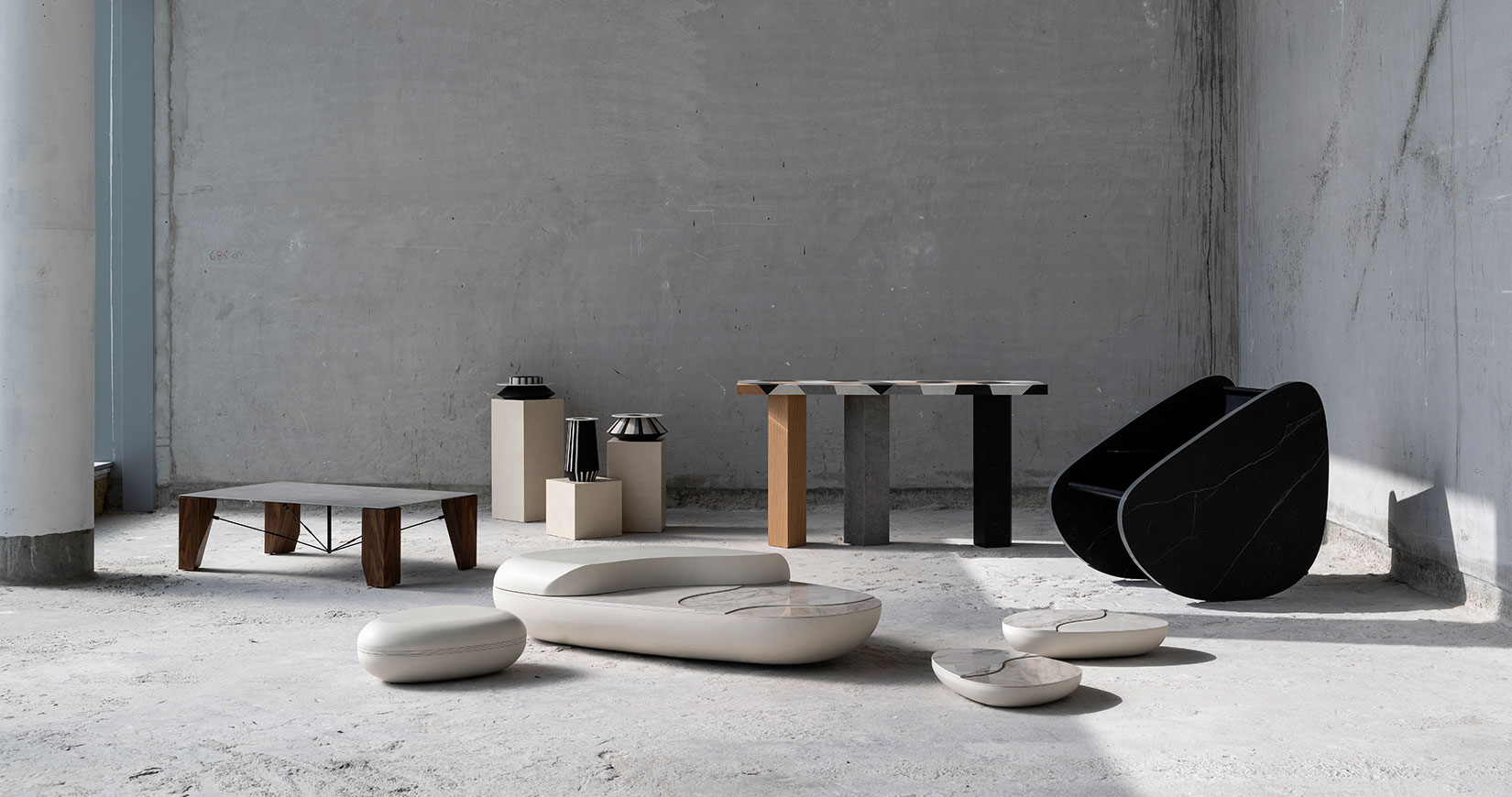
Architectural surfaces brand Cosentino has unveiled its Capsule Collection of furniture and home accessories created in collaboration with five Middle East-based designers, including Nada Debs, Mustafa Khamash, Fadi Sarieddine, Aljoud Lootah and the duo from The Line Concept, Dana Al Matrook and Newsha Dastaviz.
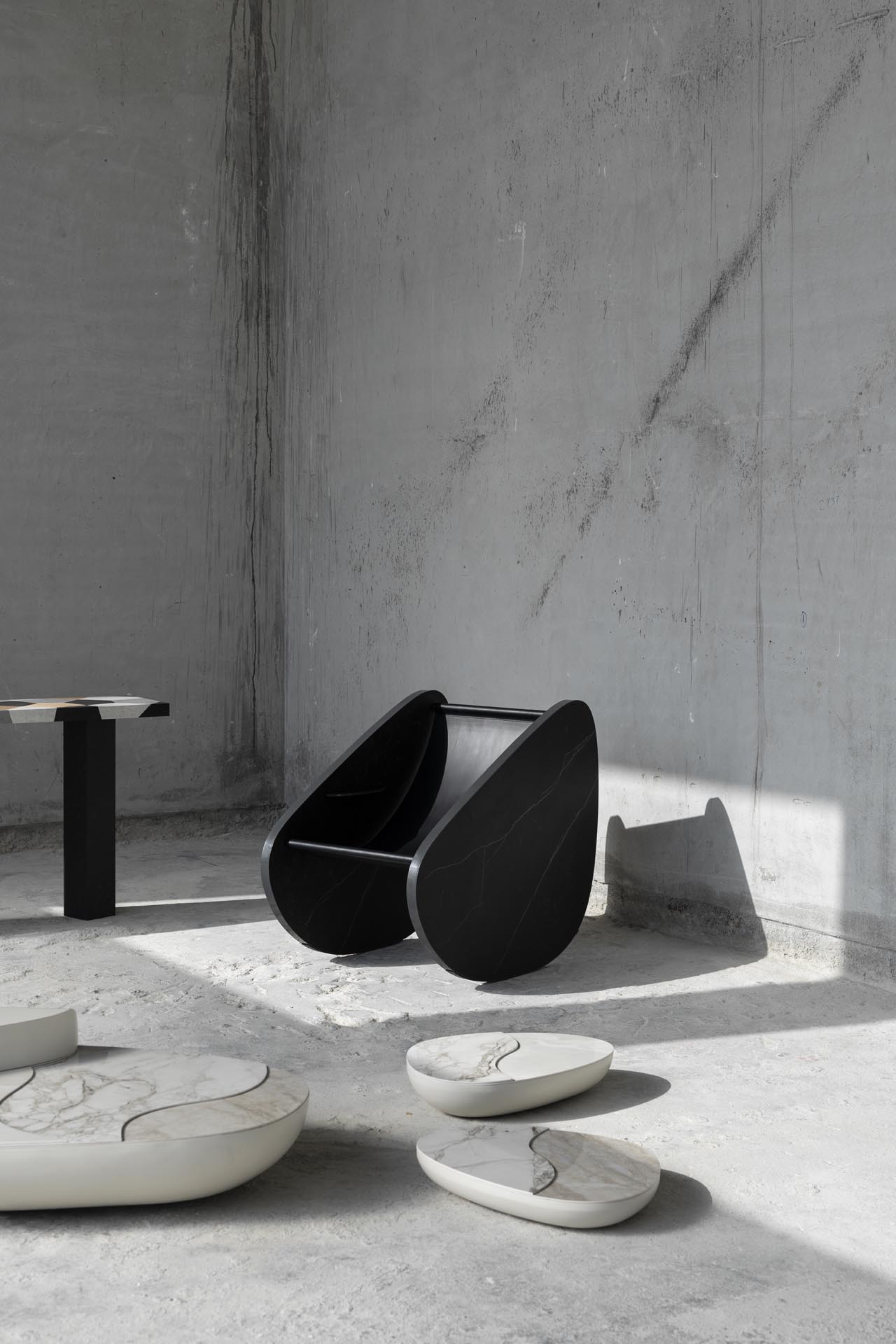
Set under the theme of ‘Breaking Boundaries’, the collection is created using the brand’s ultracompact material format, the Dekton Slim, utilising it as both a functional and decorative feature in order to demonstrate its versatility and push the boundaries of the material to its full potential.
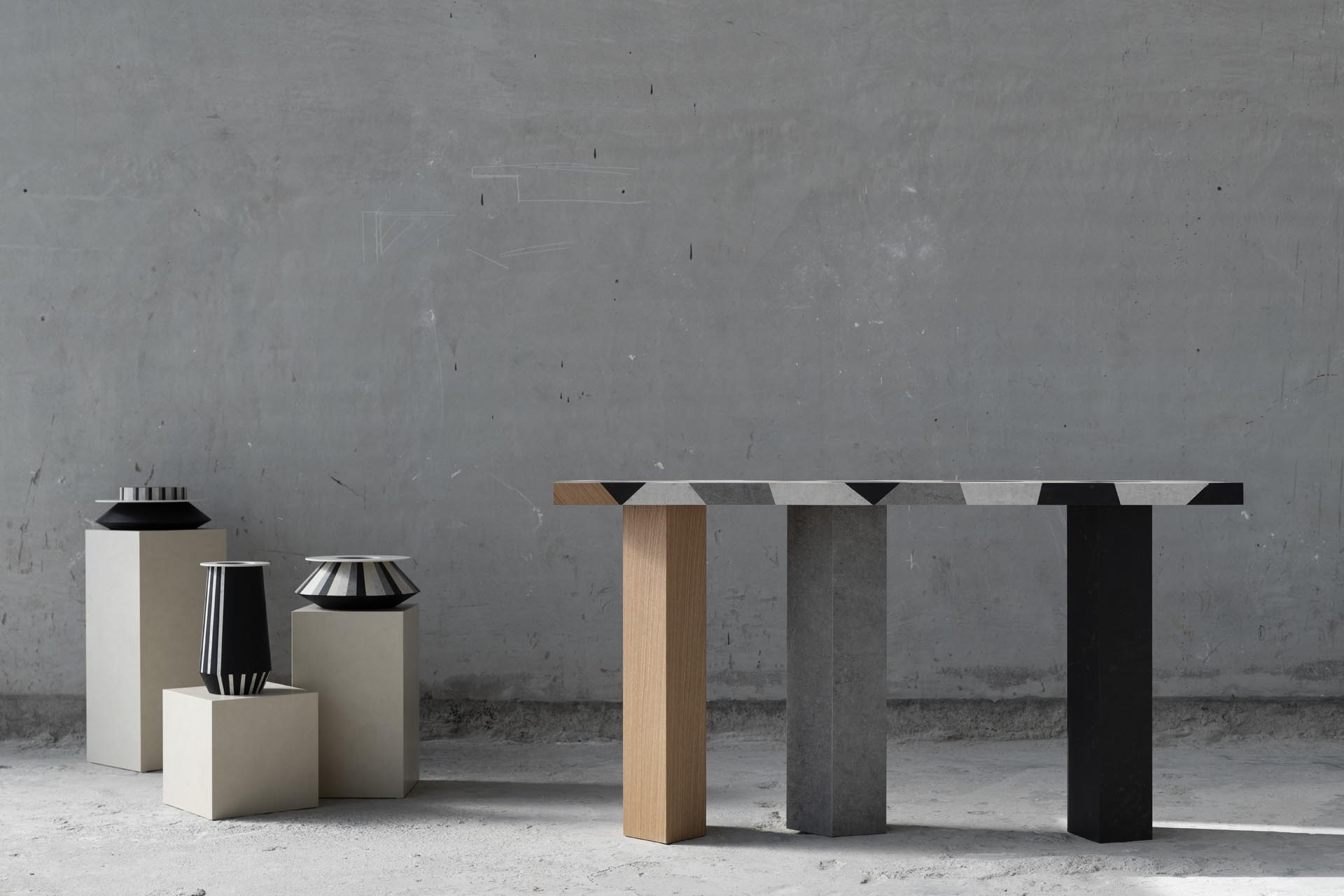
The eclectic collection comprises a rocking chair, a console, a coffee table, a range of low side tables and a series of vases – all created within a period of 4-months.
Levantine designer Nada Debs’ Carapace console is in line with the designer’s philosophy of creating unexpected material combinations. It features a synergy of opposing elements through a playful geometric composition of both natural and industrial elements that fit seamlessly together through the craft of marquetry using the house’s signature Carapace pattern.
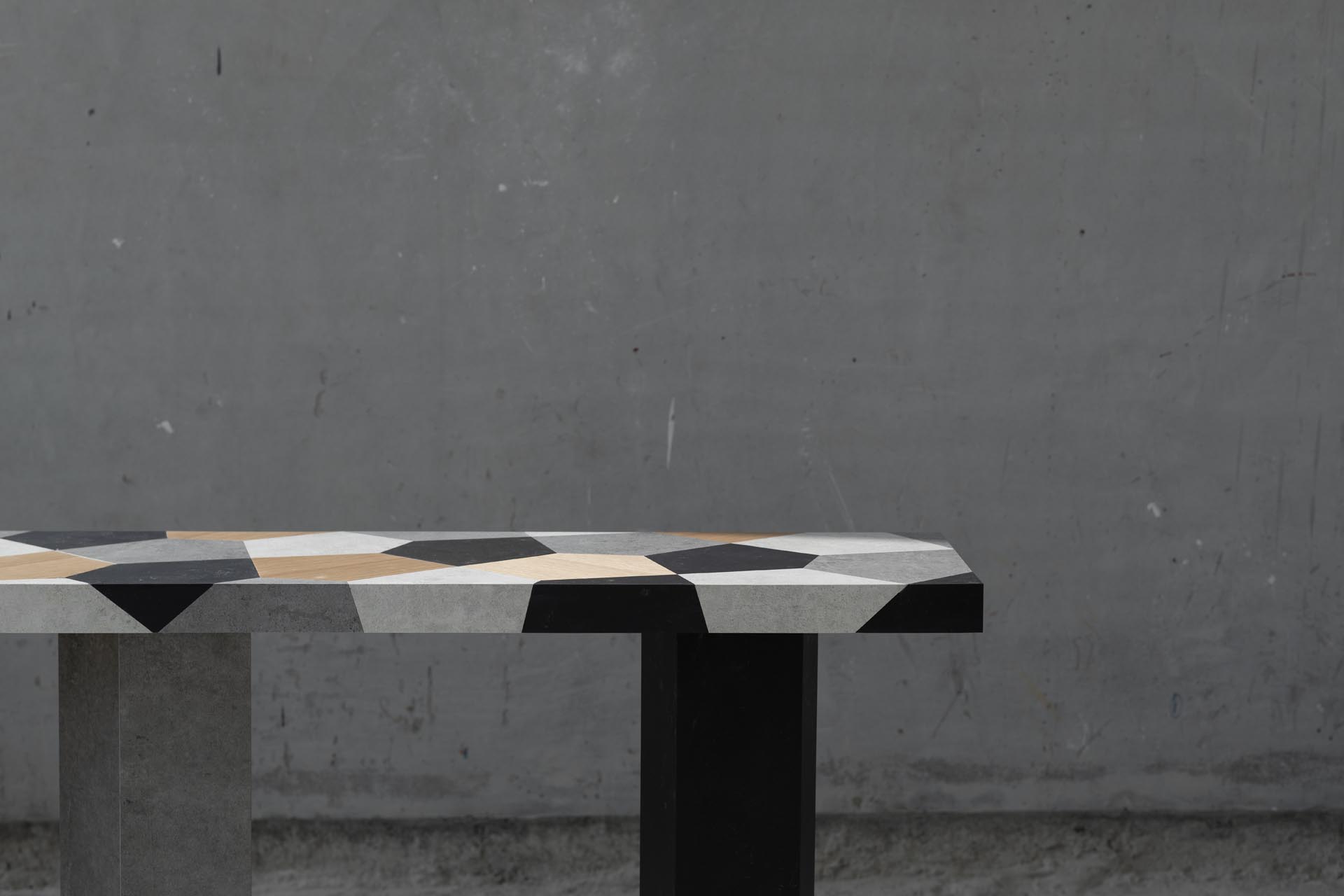
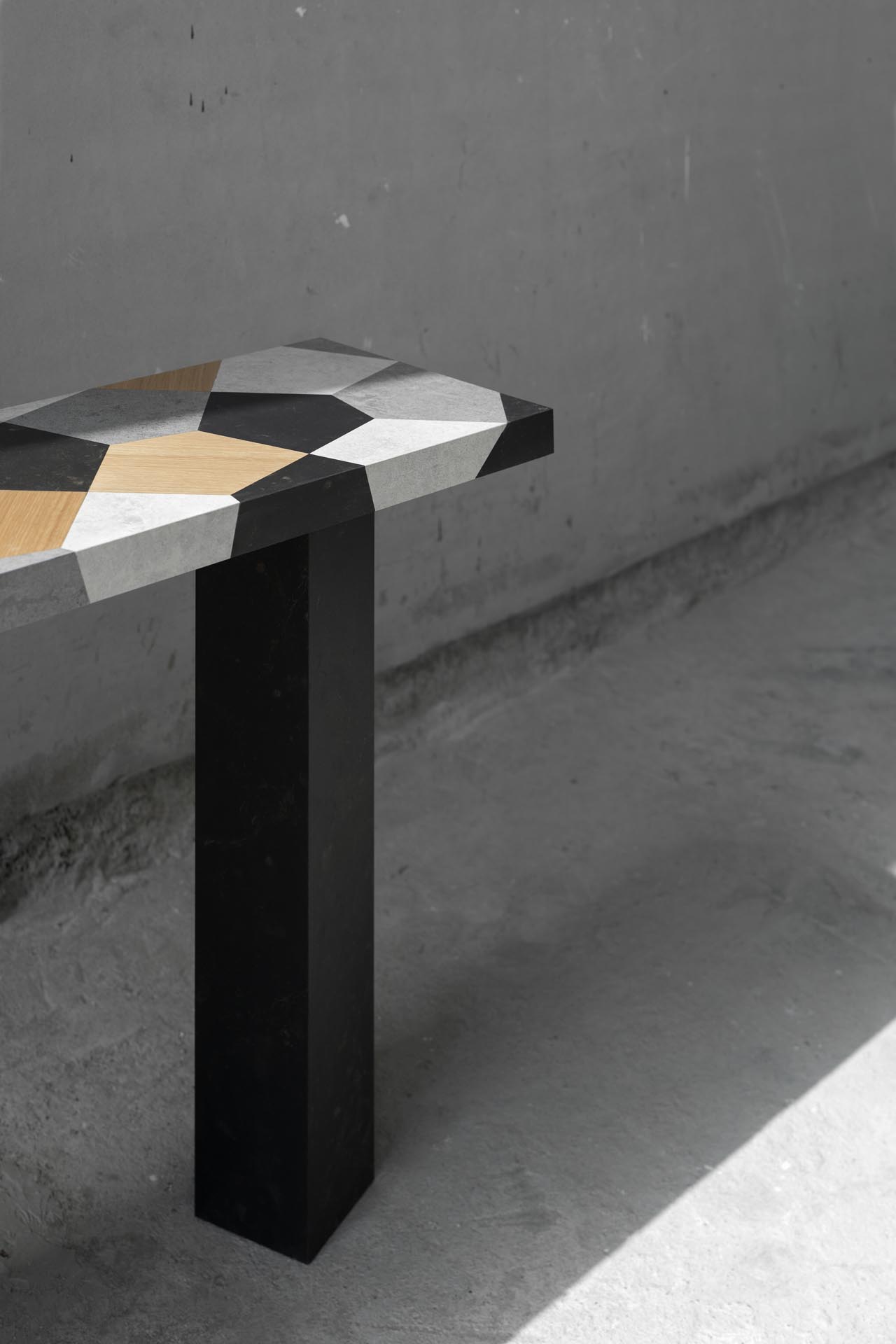
Dubai-based interior designer Musatafa Khamash’s Rocco chair traces the idea of using stone as the first seating device in history, alluding to the natural material’s influence on the beginnings of furniture making, design, craftsmanship, chairs, thrones, hammocks and other such objects. He further explores how the act of appropriating our natural elements and redefining their use towards providing for our needs sowed the seeds of our never-ending cultural development.
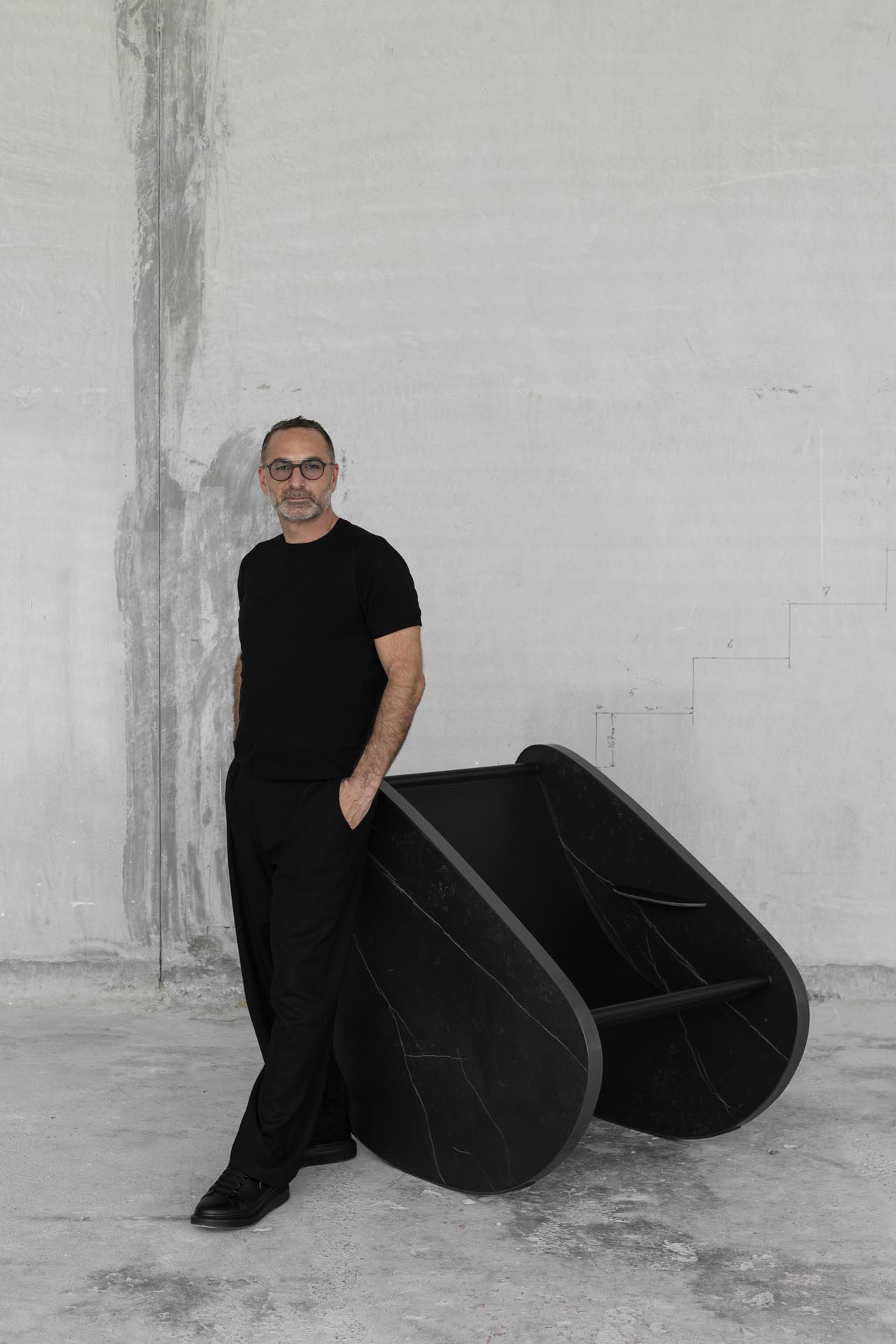
Rocco draws references from the famously regarded rocking chairs of the design world using a playful approach and executed in the raw quality of Dekton Slim, without any unnecessary additions, finishes or embellishments. It represents Khamash’s view on how we treat materials either for dressing ourselves, dressing our domestic context and the aesthetic quest for the abstraction of art.
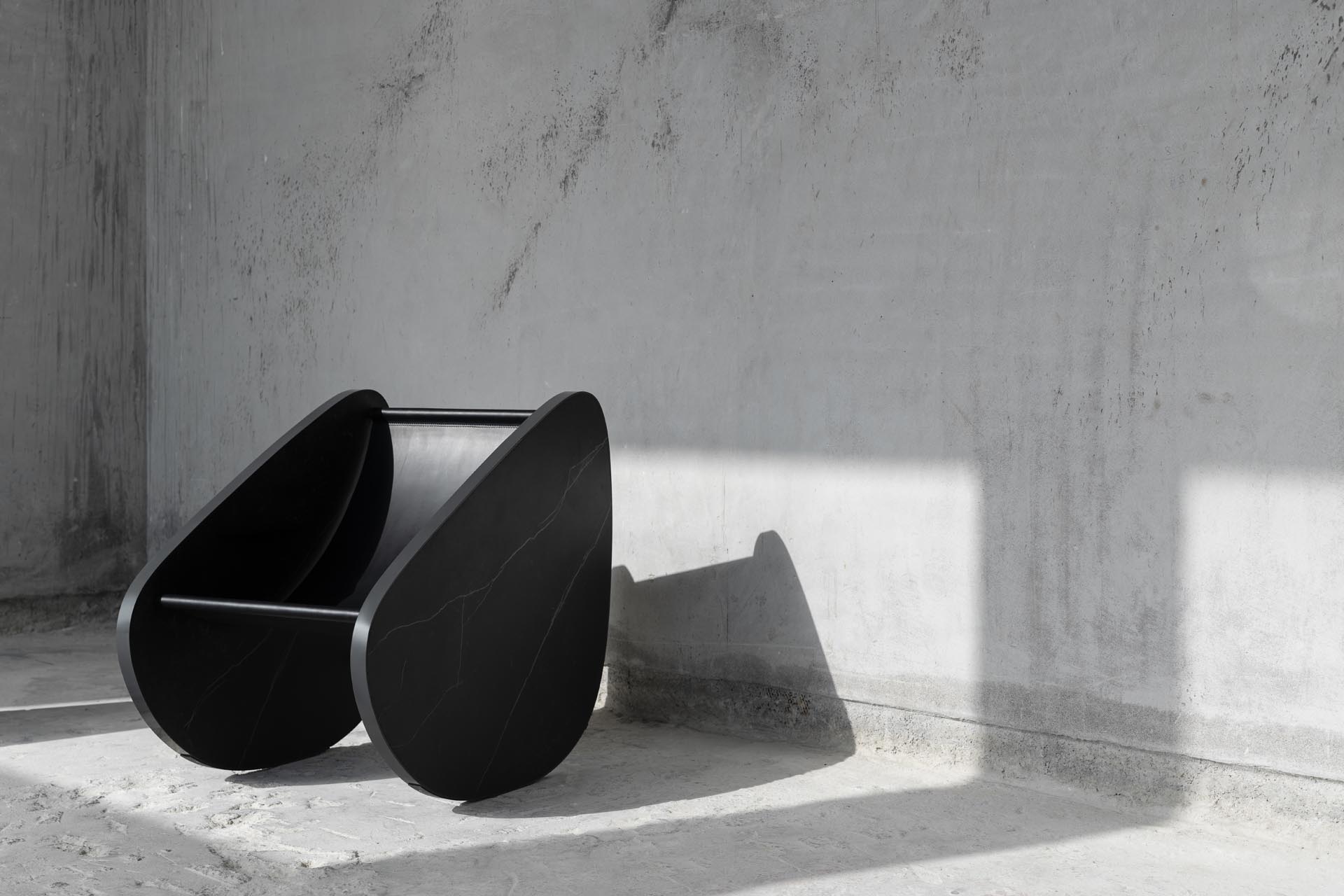
Product designer Aljoud Lootah’s Talyd is a collection of vases that pay homage to the UAE’s rich culinary culture and the everyday tools and objects intertwined with the livelihood of the Emiratis from an era gone by, drawing inspiration from large traditional metal pots used for cooking over open fires.
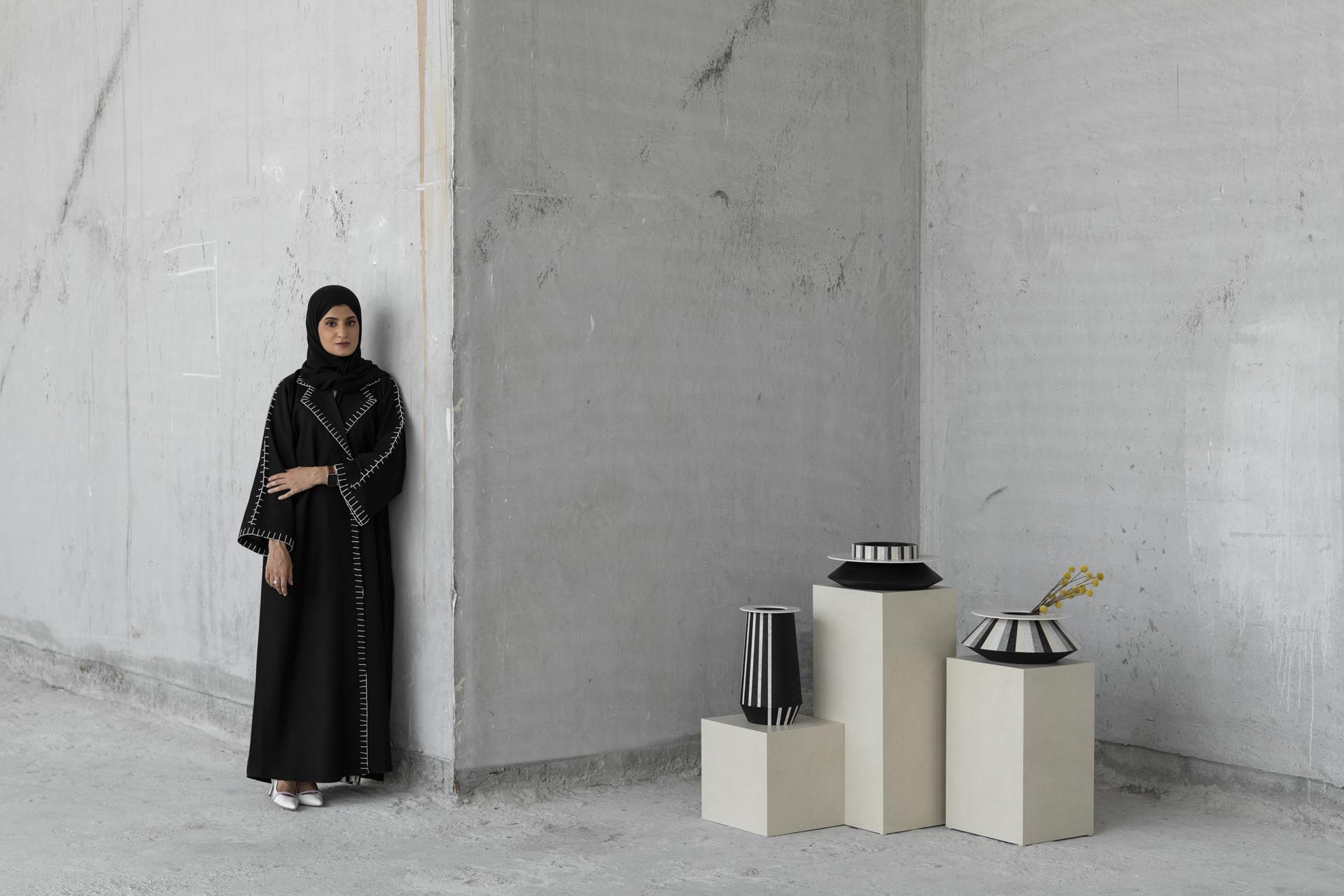
Talyd, which translates to ‘legacy’ in Arabic, is a modern interpretation of historical findings. While the shapes and proportions of the vases are influenced by original artefacts, they are repurposed as functional objects of curiosity using a minimalist design approach in the designer’s signature style.
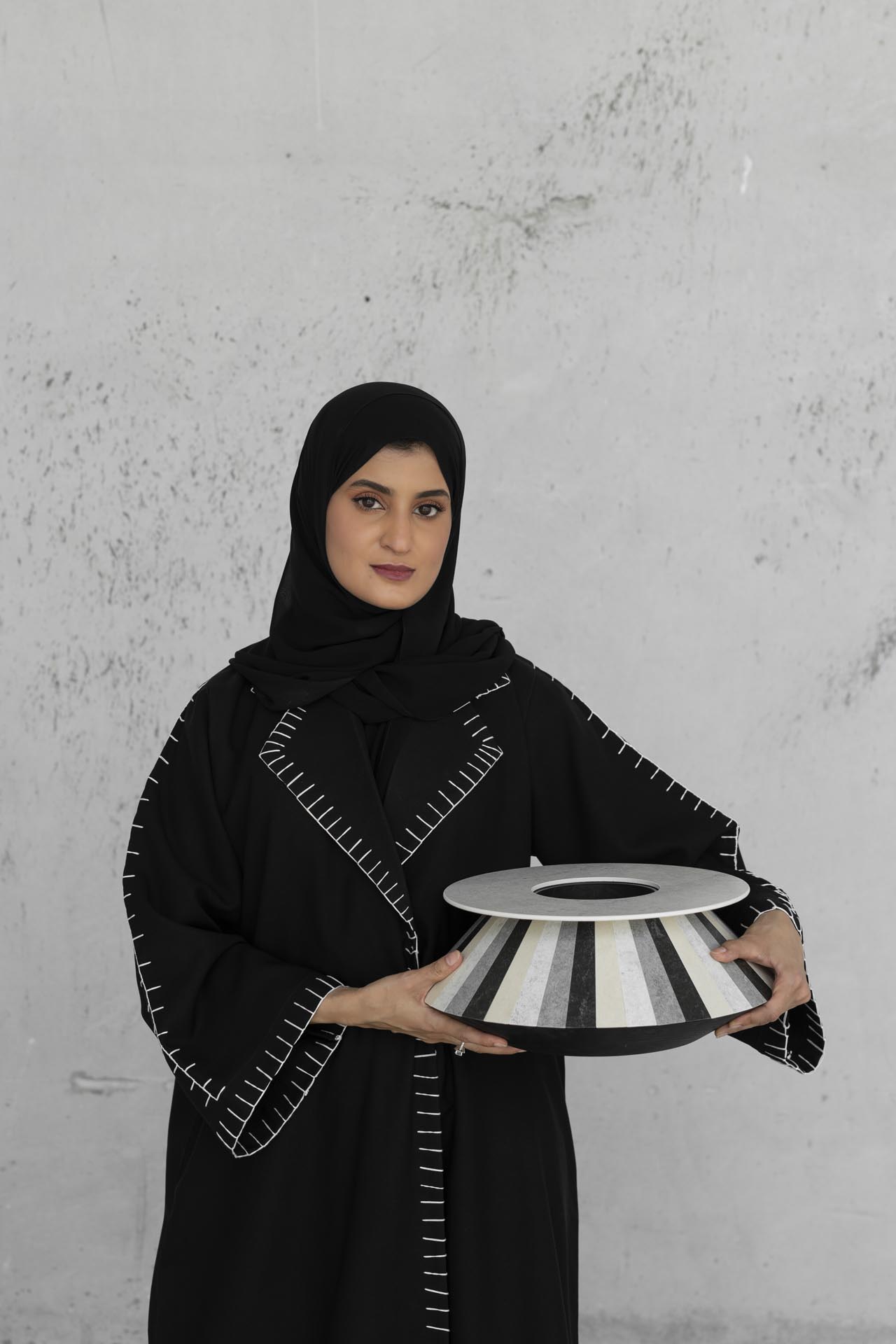
Lebanese designer Fadi Sarrieddine’s Paper coffee table celebrates the Dekton Slim material itself – namely its slim quality.
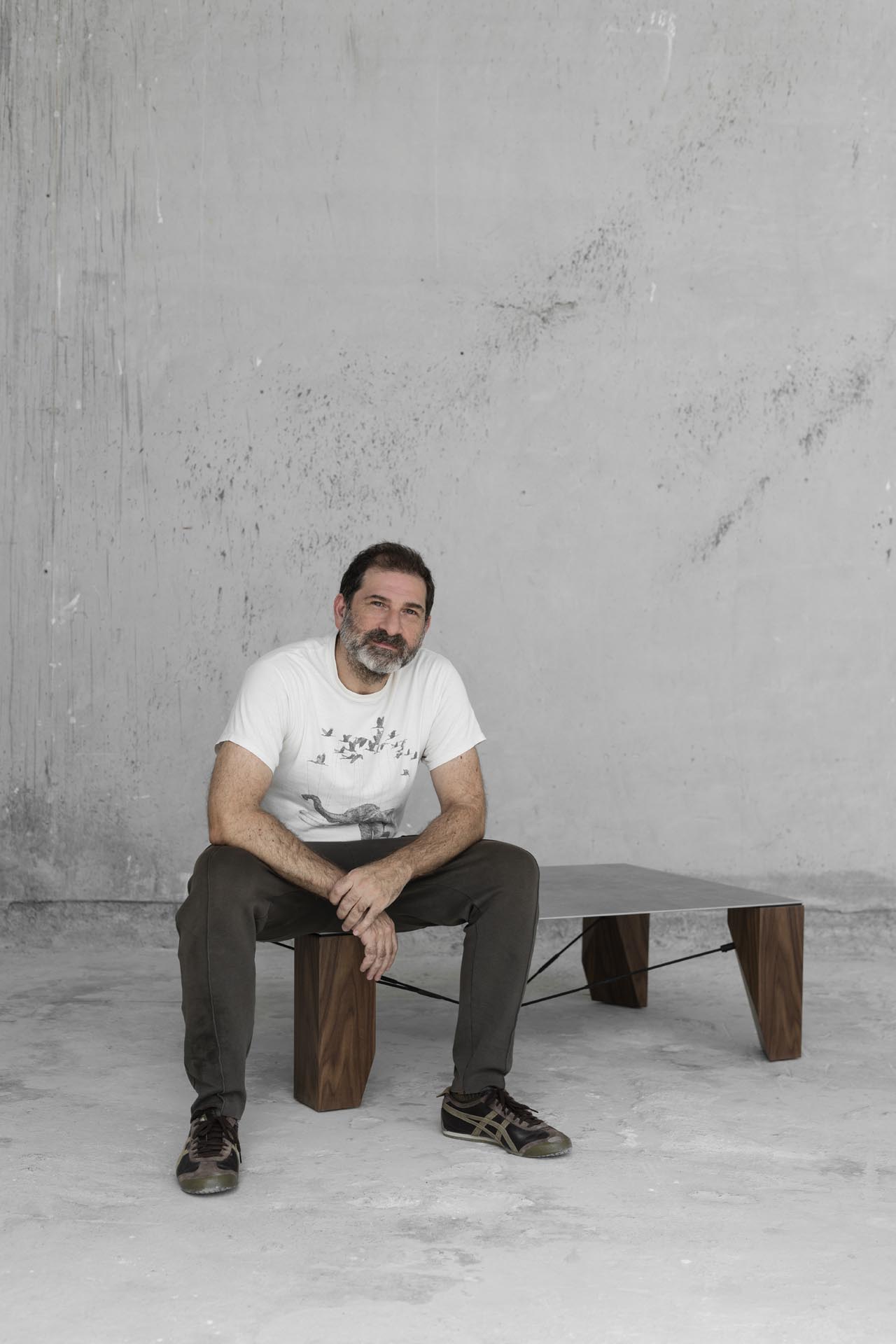
With its fine 4mm edge exposed, the material appears to hover as a table top – an engineering feat achieved through a system of bulky solid walnut legs held in place with gunmetal tension rods. The slimness of the slab is further visually enhanced by the deliberate bulkiness of the legs. The Paper coffee table derives its elegance from this contrast as well as the geometry generated from the structural factors of tension and compression. The striking material combinations also play a crucial role in complementing the table’s morphology.
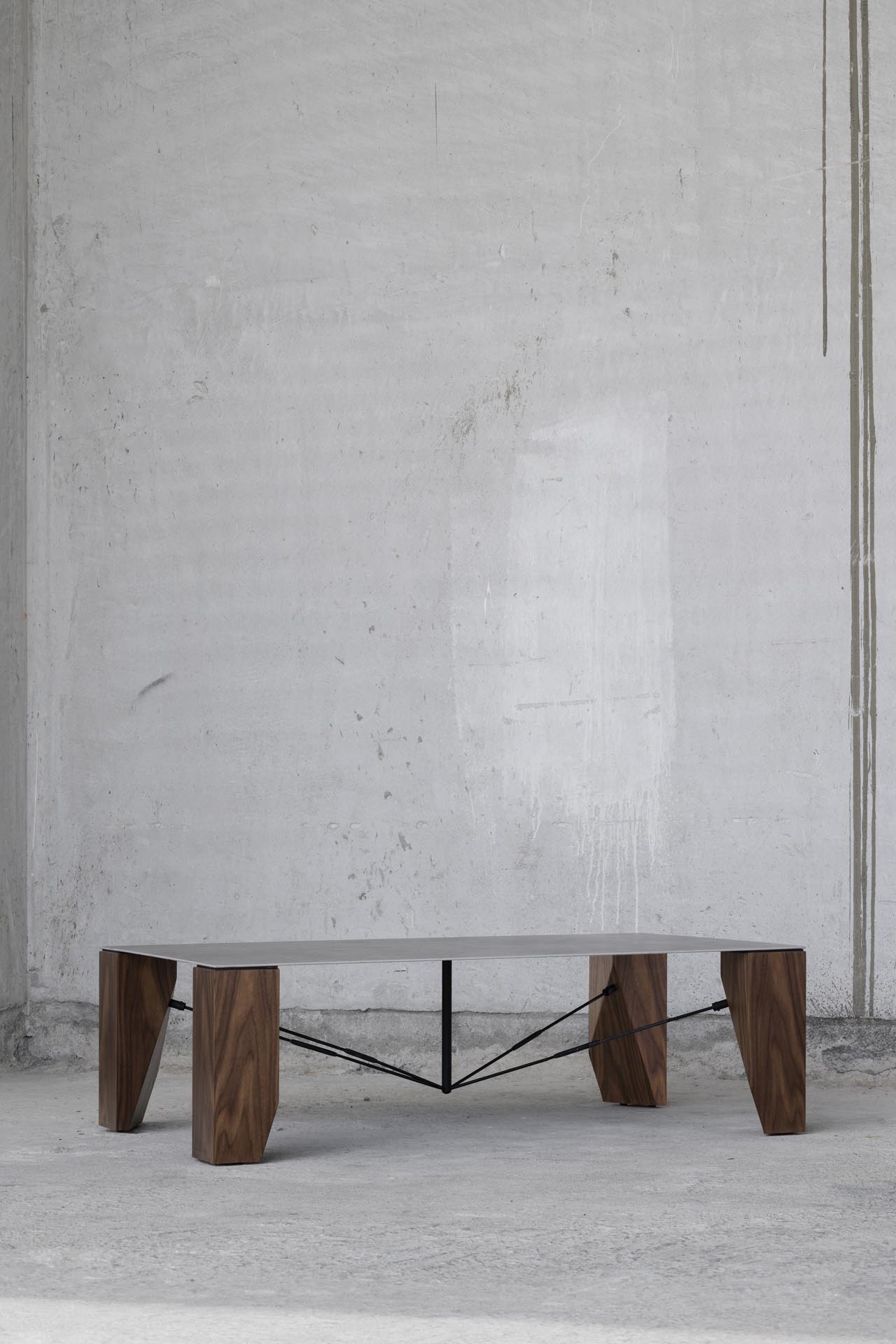
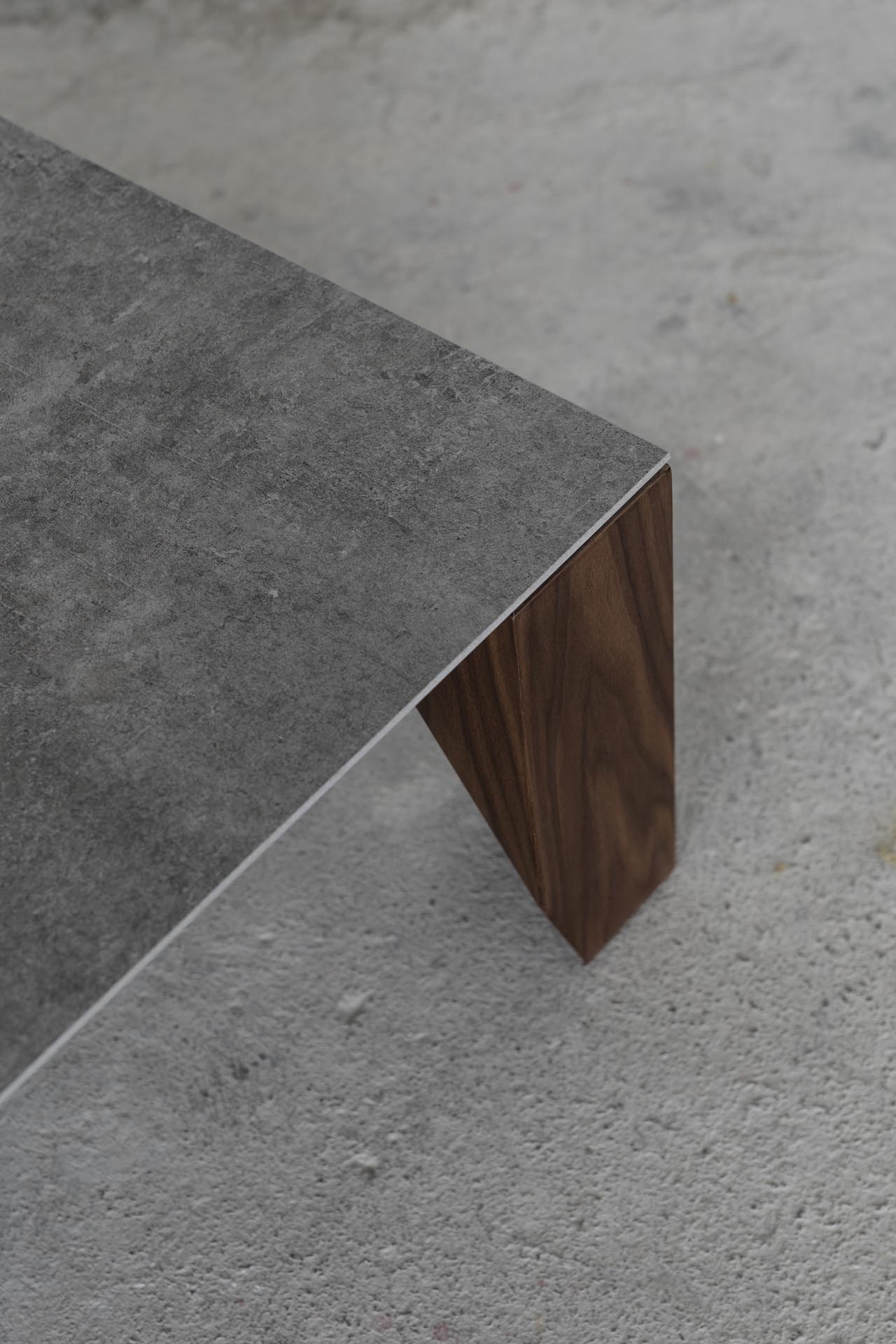
The final piece in the collection is The Line Concept’s Tektonia tables that are complete with soft and organic lines that challenge the perception of stone as a hard, cold and sharp material, paying tribute to the origins of the earth.
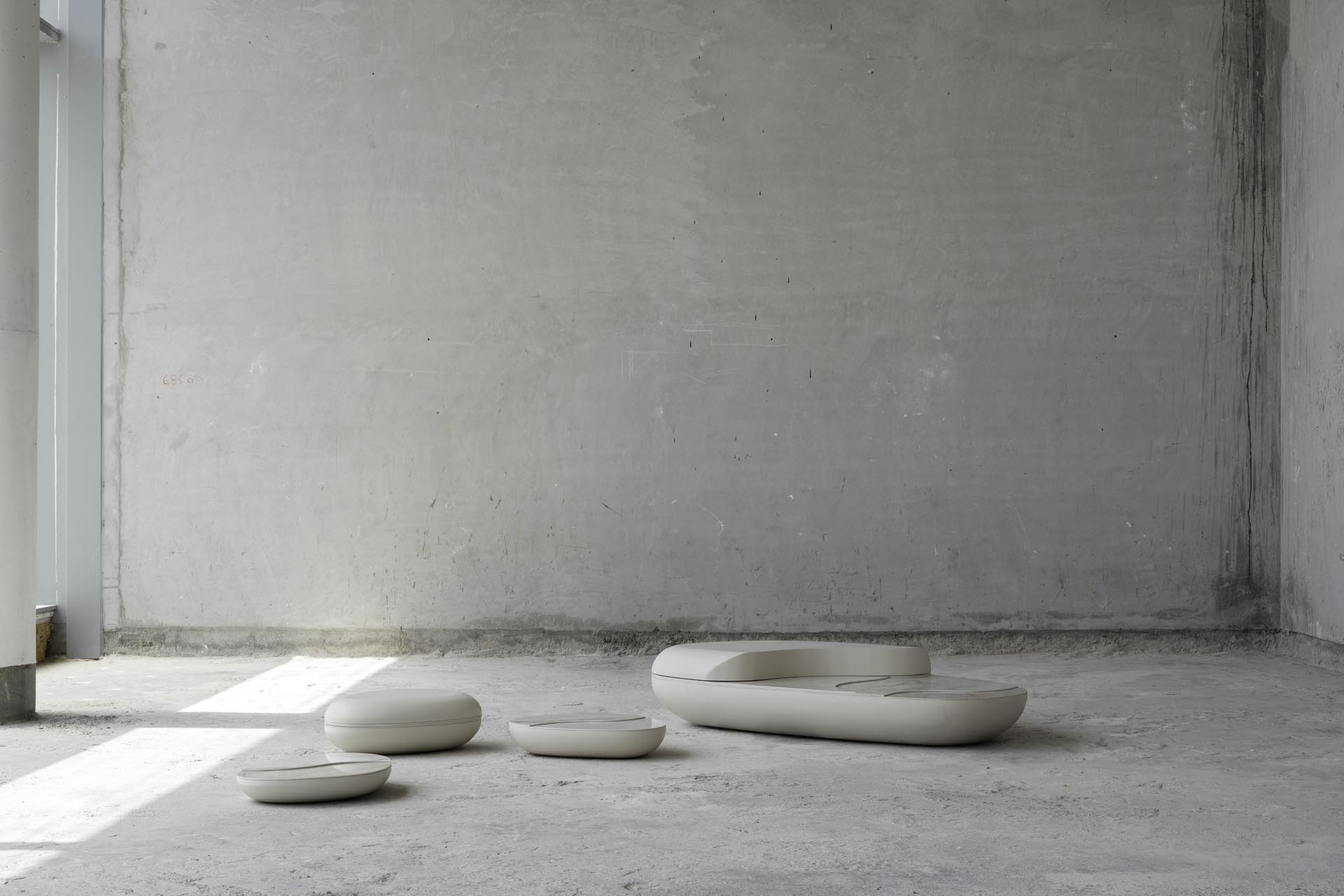
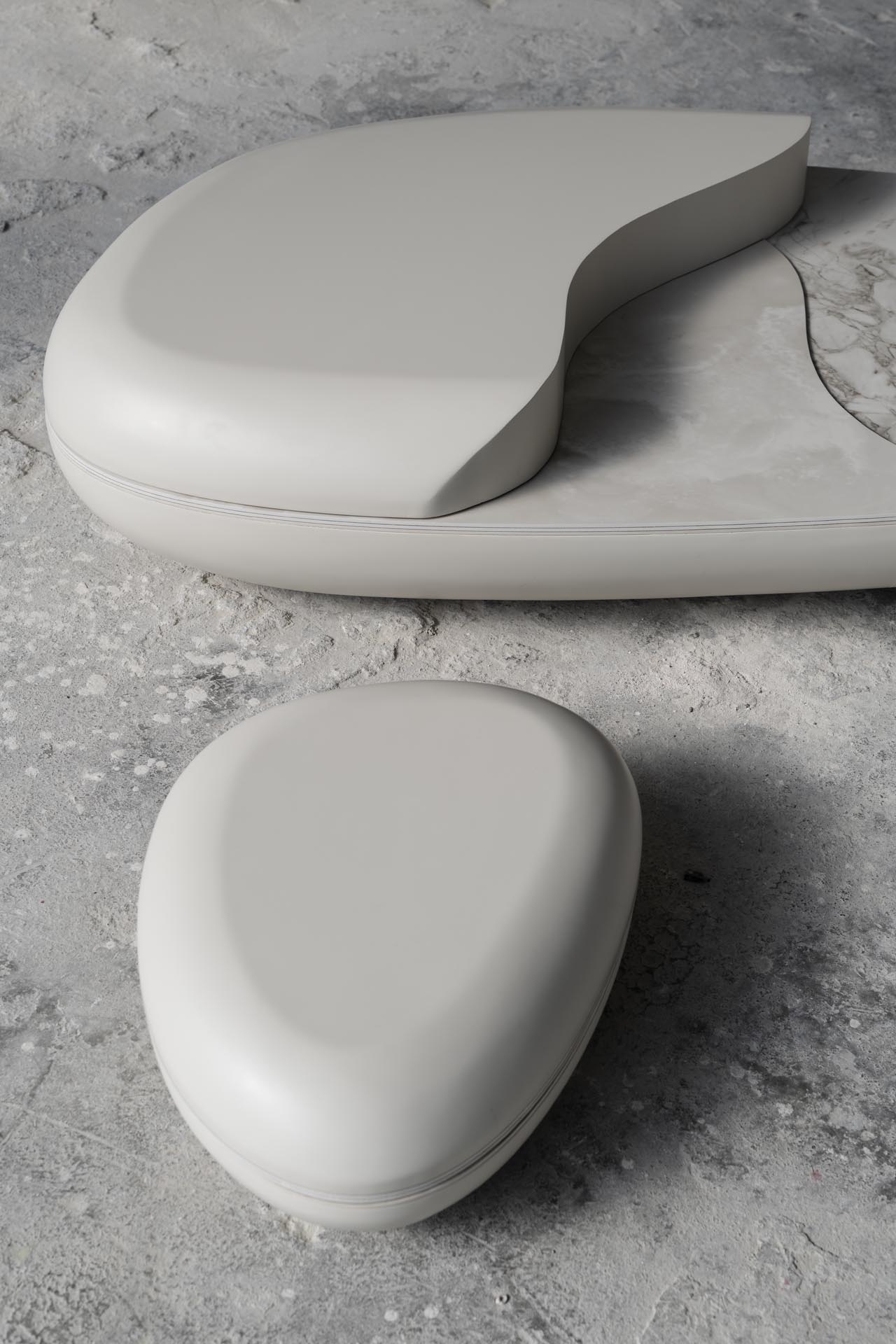
The design integrates organic flowing shapes, symbolising nature and Earth’s patterns. Parts of the tables are sliced off to expose layers that resemble earth’s strata and movement of the tectonic plates, while the discreet exposed stone edges in profile highlight the particular thinness of Dekton Slim. The series includes a large and two small feature tables which can be displayed as either closed, or separated to expose the layers of stone within.
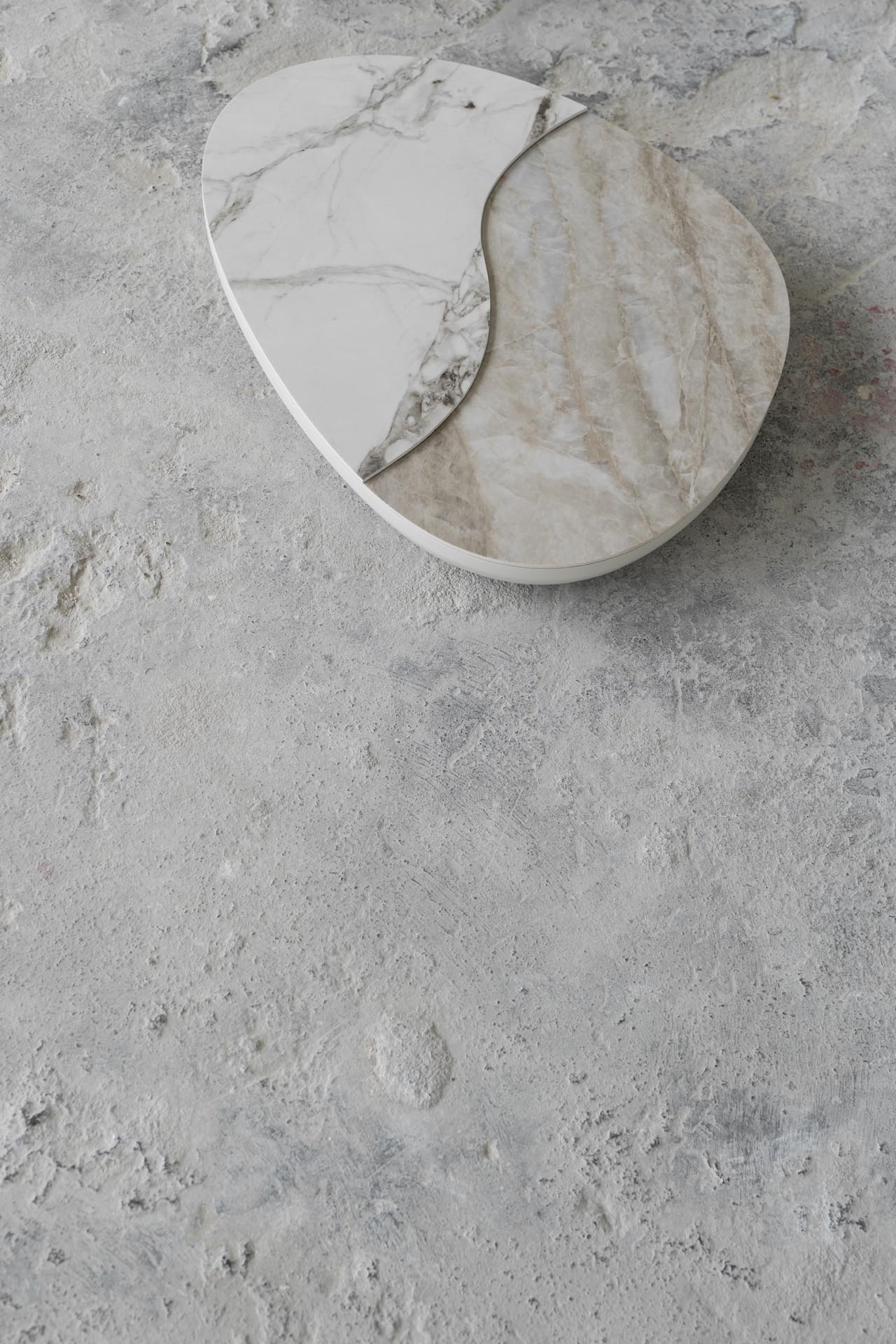
Dubai-based interior fit-out contractor Cherwell played an integral role as the production partner.
The Cosentino Capsule Collection will be officially launched at a public event in September at Cosentino City Dubai, d3, following which it will be showcased at the Expo 2020 Spanish Pavilion and Downtown Design 2021.
Photography by Natelee Cocks
The Latest
How Eywa’s design execution is both challenging and exceptional
Mihir Sanganee, Chief Strategy Officer and Co-Founder at Designsmith shares the journey behind shaping the interior fitout of this regenerative design project
Design Take: MEI by 4SPACE
Where heritage meets modern design.
The Choreographer of Letters
Taking place at the Bassam Freiha Art Foundation until 25 January 2026, this landmark exhibition features Nja Mahdaoui, one of the most influential figures in Arab modern art
A Home Away from Home
This home, designed by Blush International at the Atlantis The Royal Residences, perfectly balances practicality and beauty
Design Take: China Tang Dubai
Heritage aesthetics redefined through scale, texture, and vision.
Dubai Design Week: A Retrospective
The identity team were actively involved in Dubai Design Week and Downtown Design, capturing collaborations and taking part in key dialogues with the industry. Here’s an overview.
Highlights of Cairo Design Week 2025
Art, architecture, and culture shaped up this year's Cairo Design Week.
A Modern Haven
Sophie Paterson Interiors brings a refined, contemporary sensibility to a family home in Oman, blending soft luxury with subtle nods to local heritage
Past Reveals Future
Maison&Objet Paris returns from 15 to 19 January 2026 under the banner of excellence and savoir-faire
Sensory Design
Designed by Wangan Studio, this avant-garde space, dedicated to care, feels like a contemporary art gallery
Winner’s Panel with IF Hub
identity gathered for a conversation on 'The Art of Design - Curation and Storytelling'.
Building Spaces That Endure
identity hosted a panel in collaboration with GROHE.

